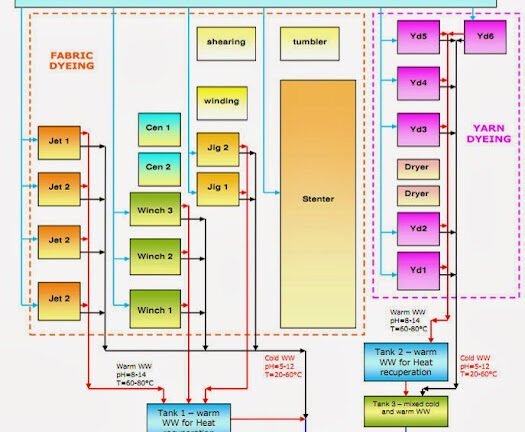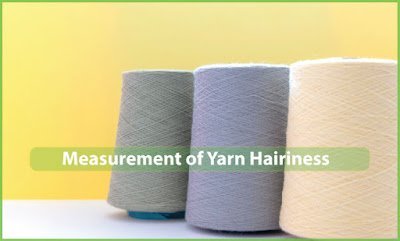An Overview of Straight Knife Cutting Machine
Straight Knife Most cutting room which cut garments in bulk, but not in sufficient bulk to justify the purchase of computer controlled cutters, makes use of straight knives. Requirements of cutting: Features M/C Description The ….. Read More


![An Overview of Garments Lining [A to Z]](https://textileapex.com/wp-content/uploads/2023/08/Garment-Lining.jpg)



